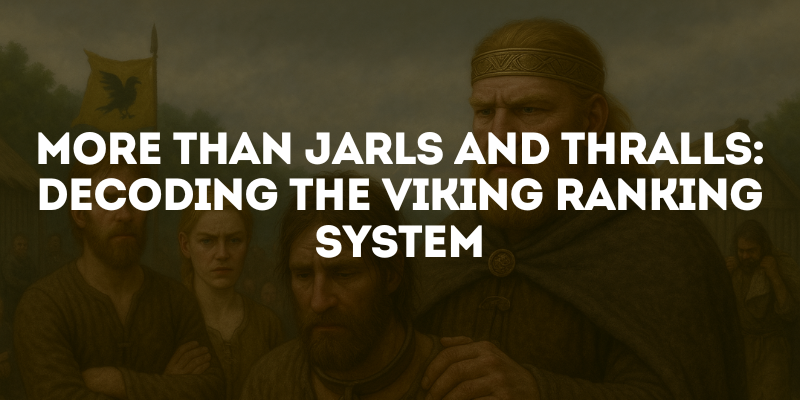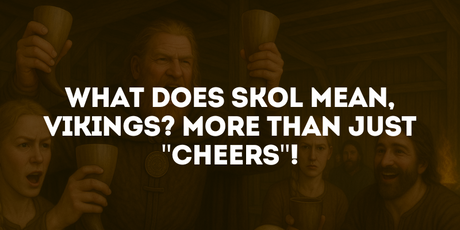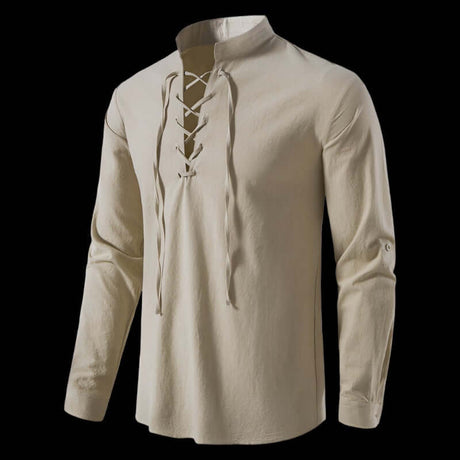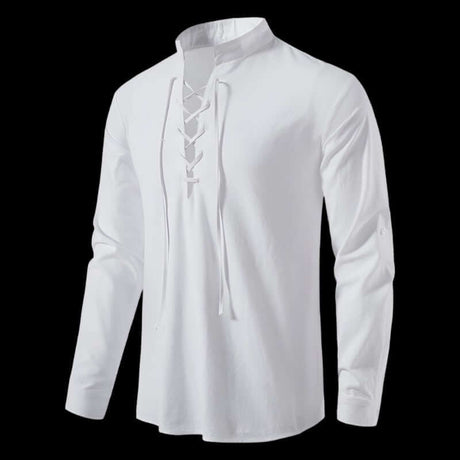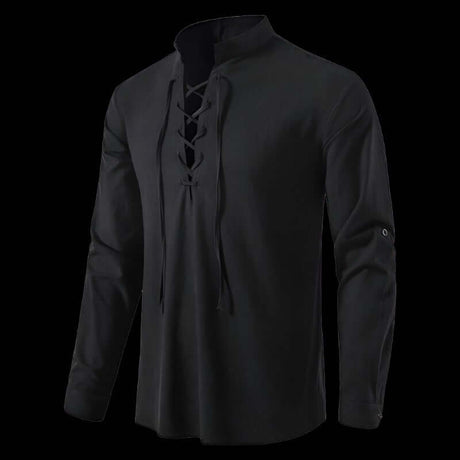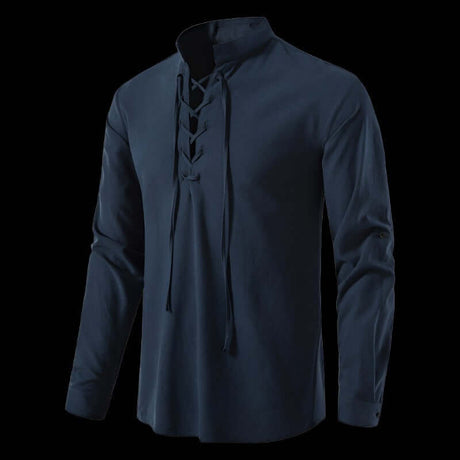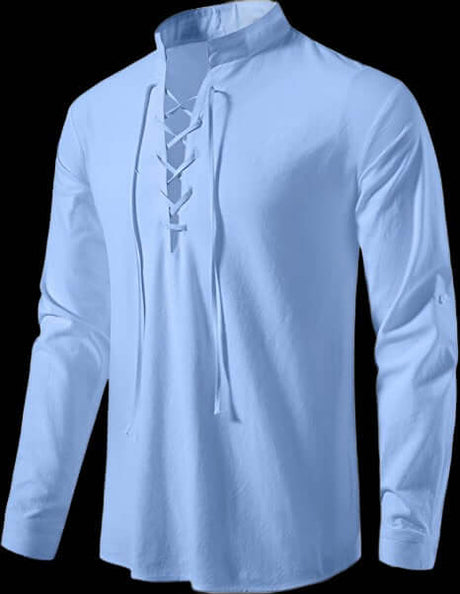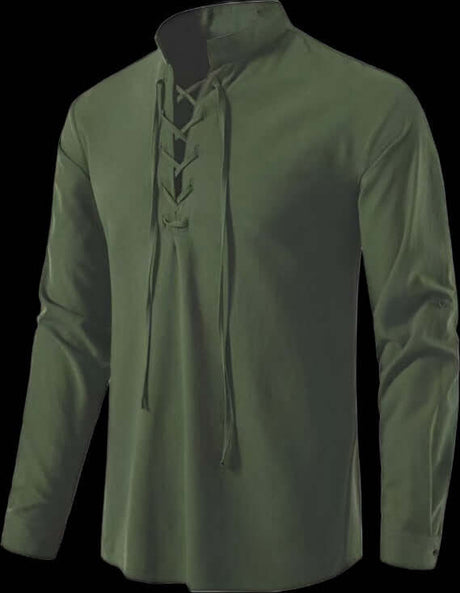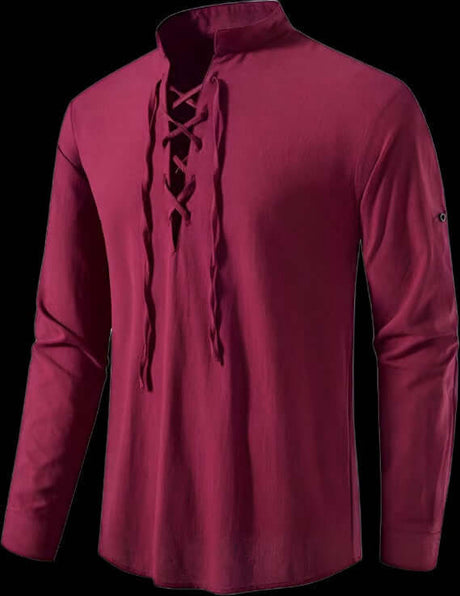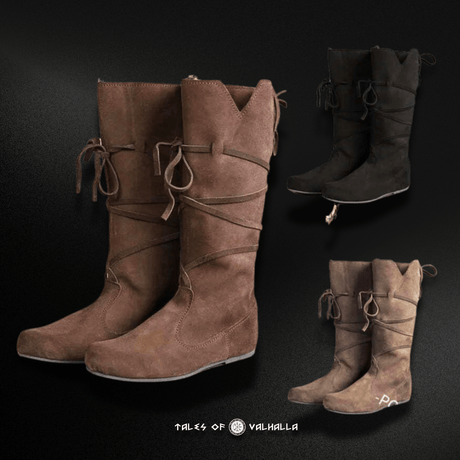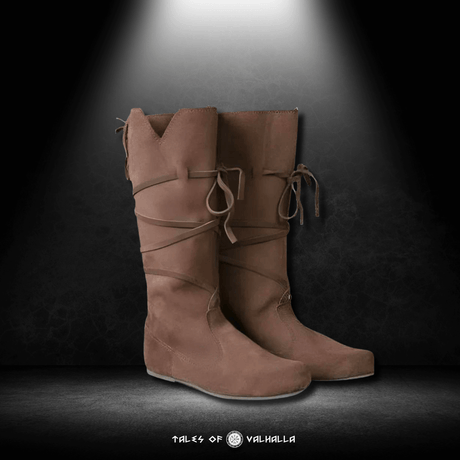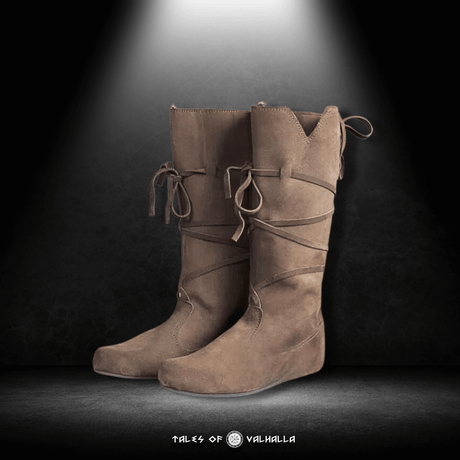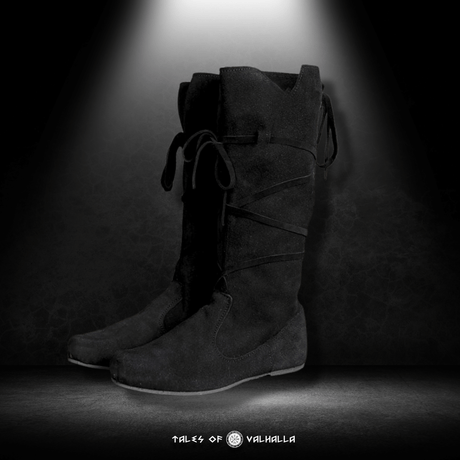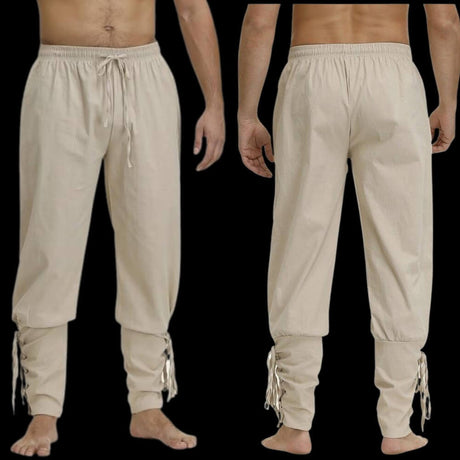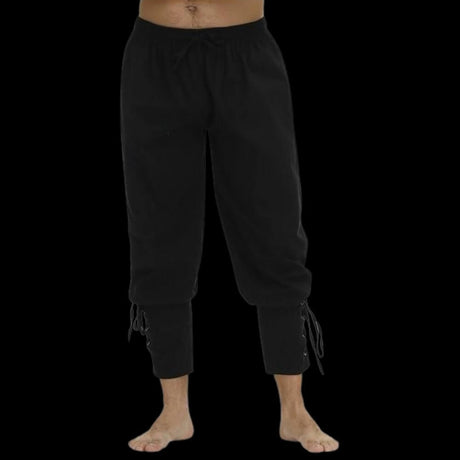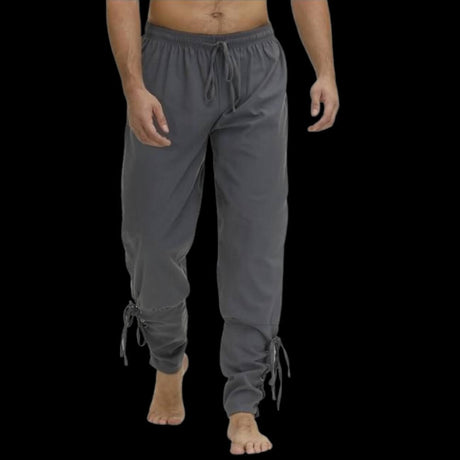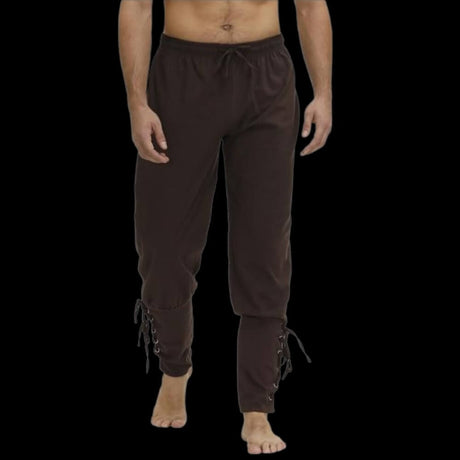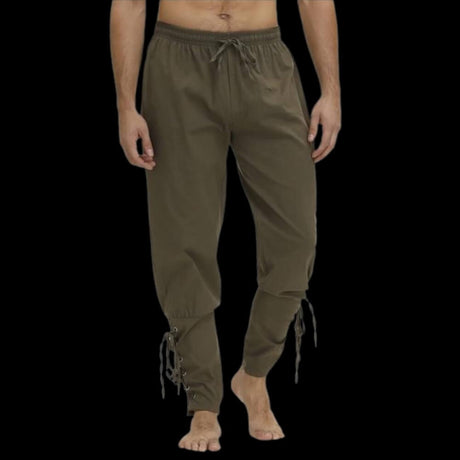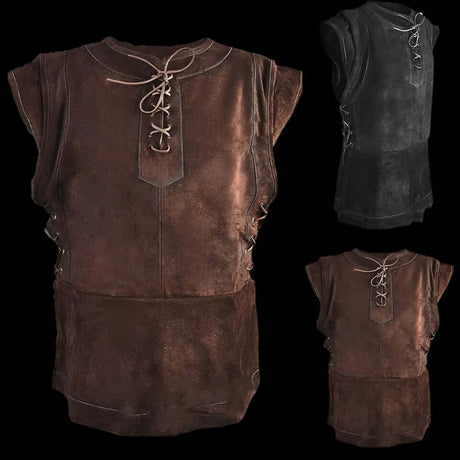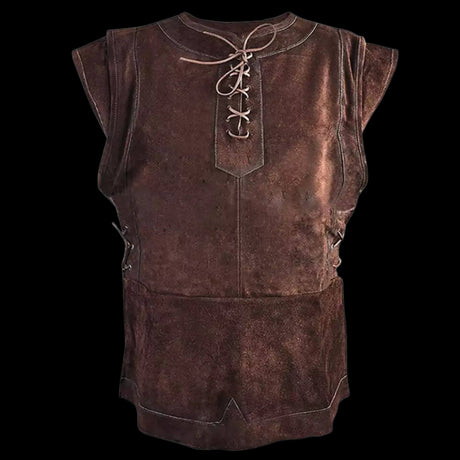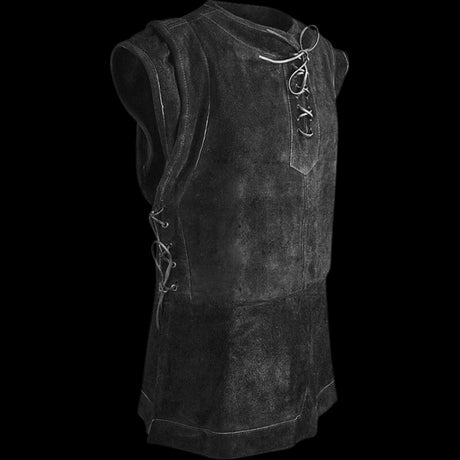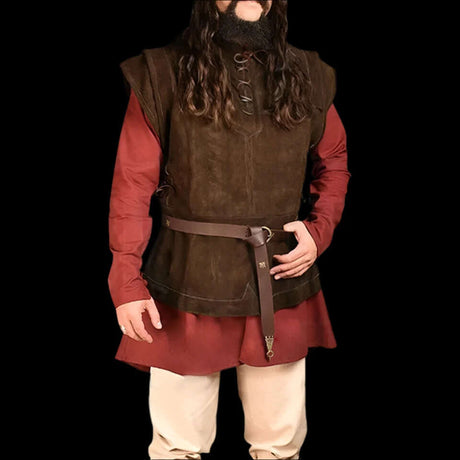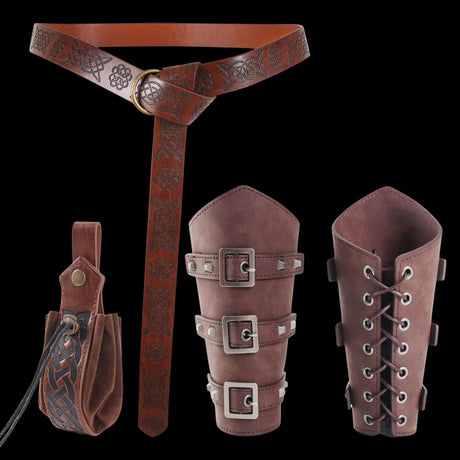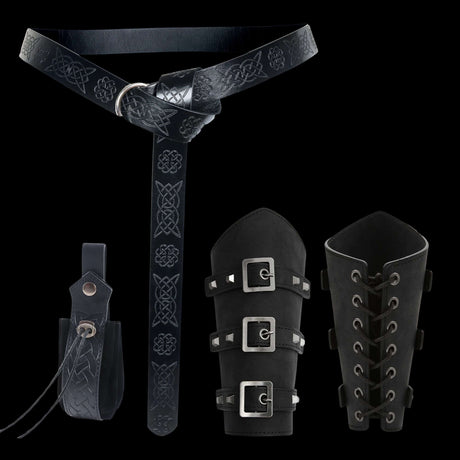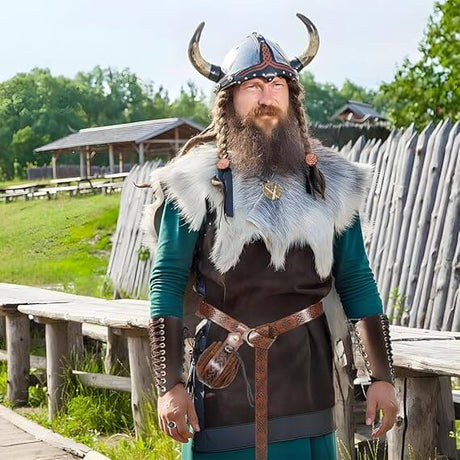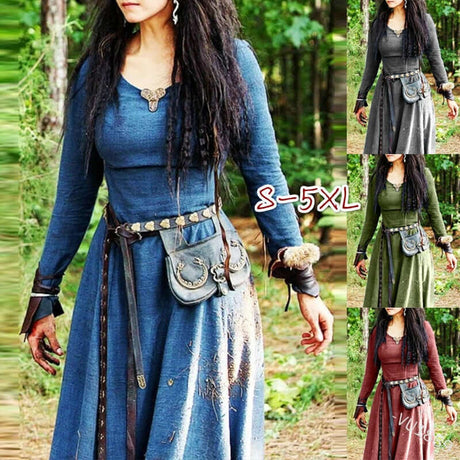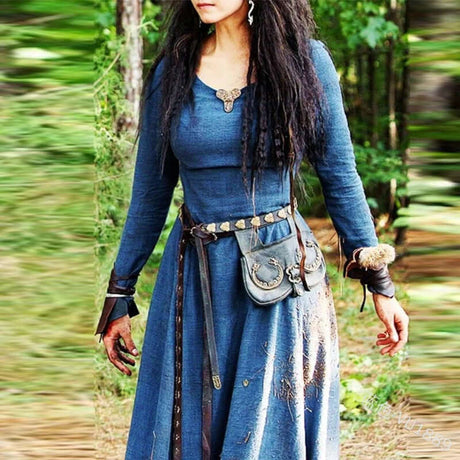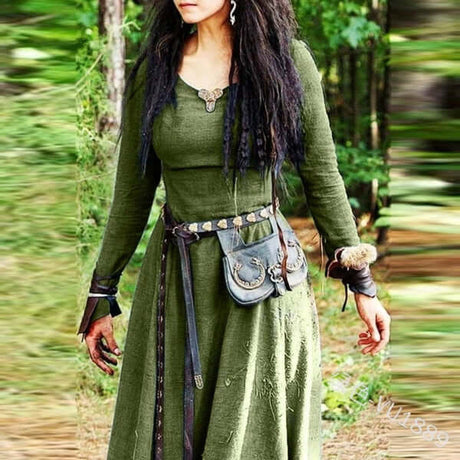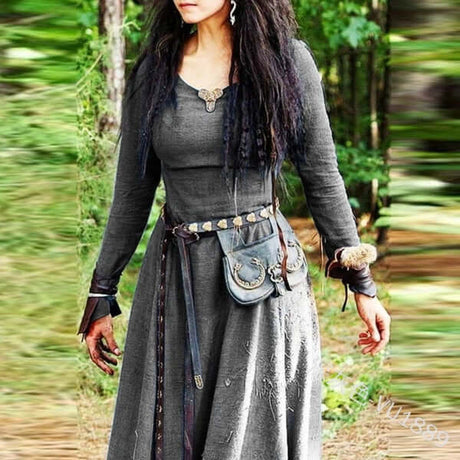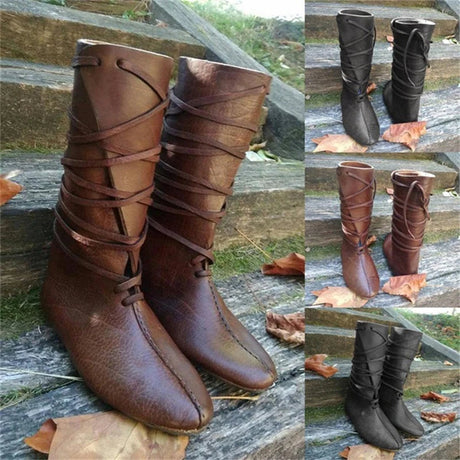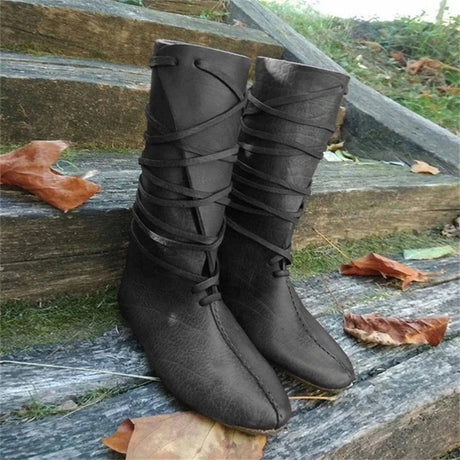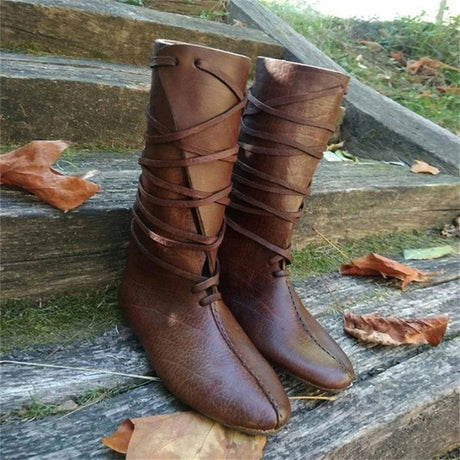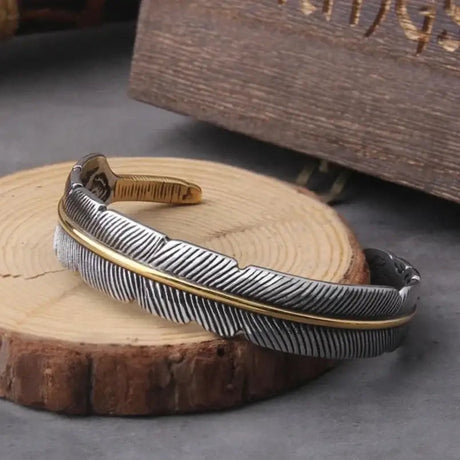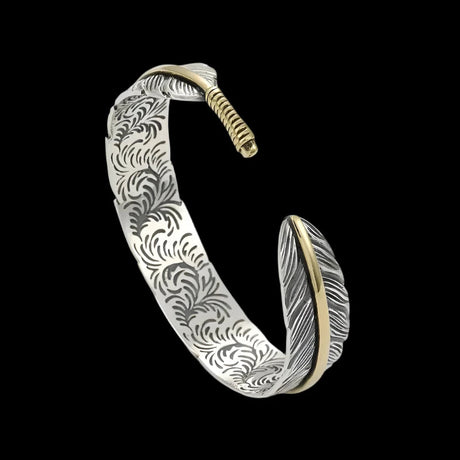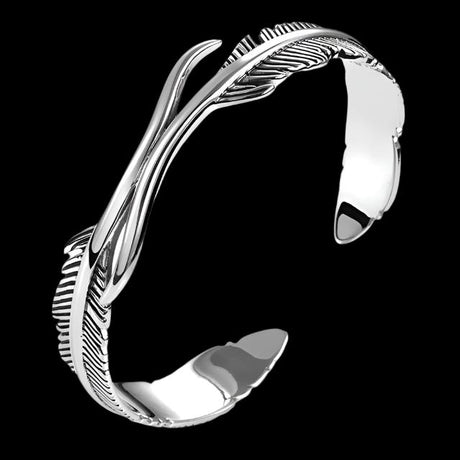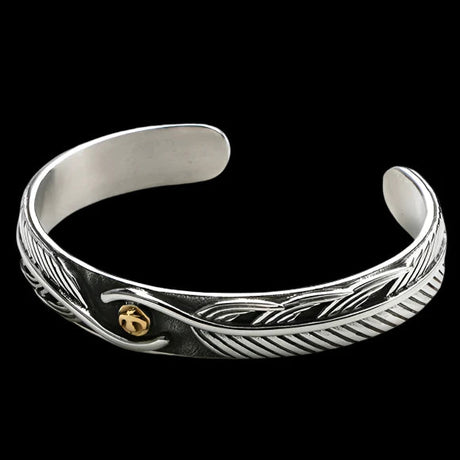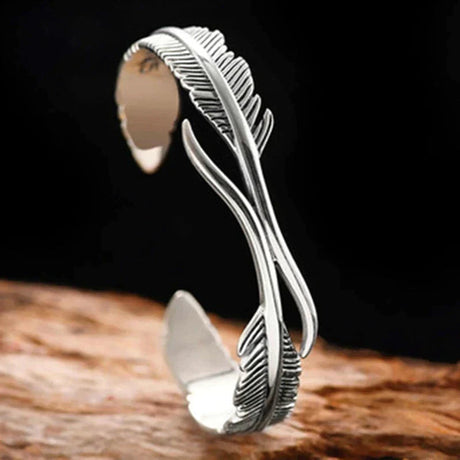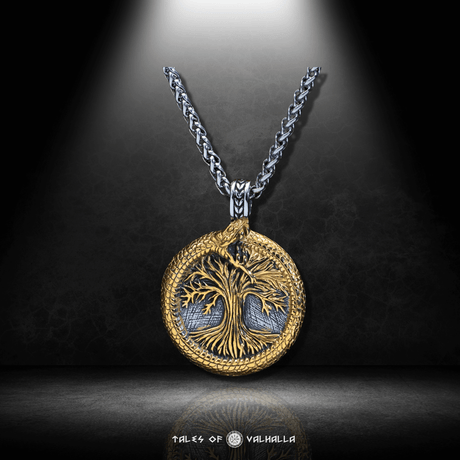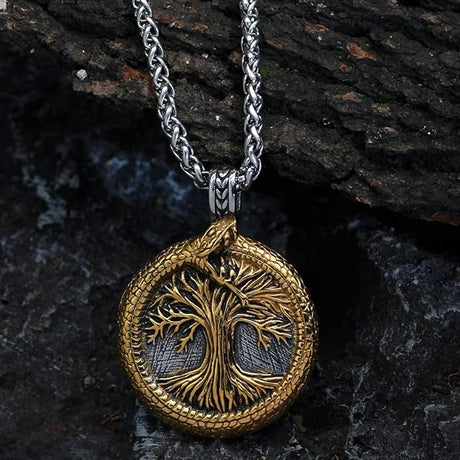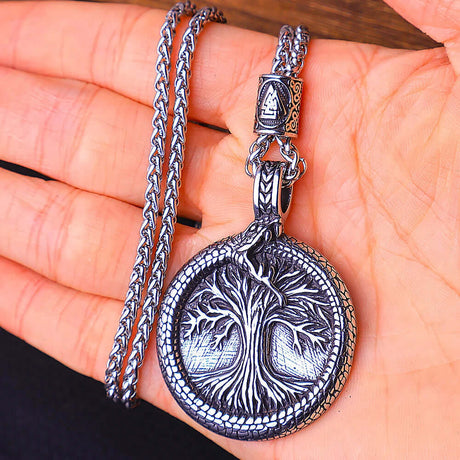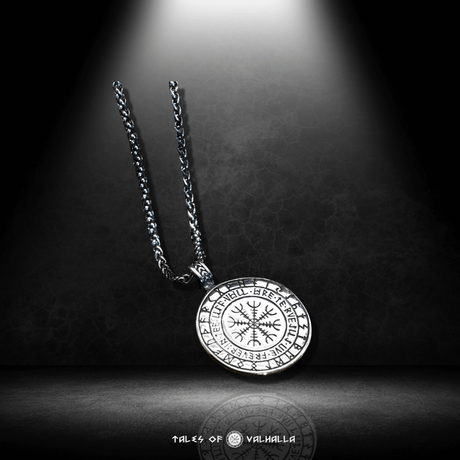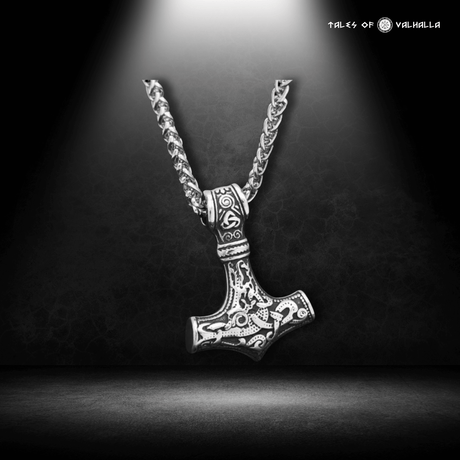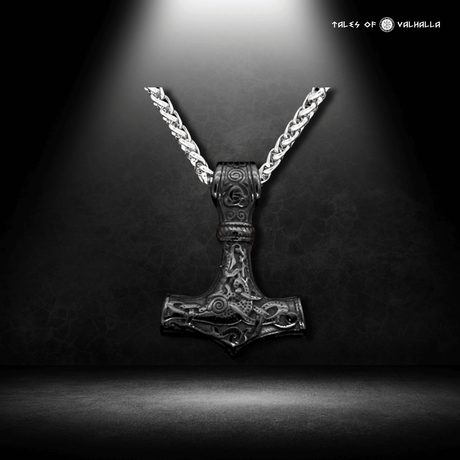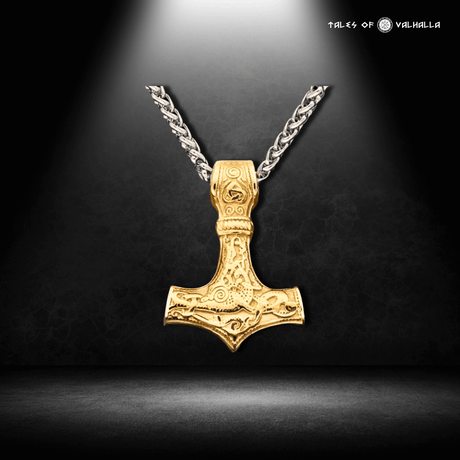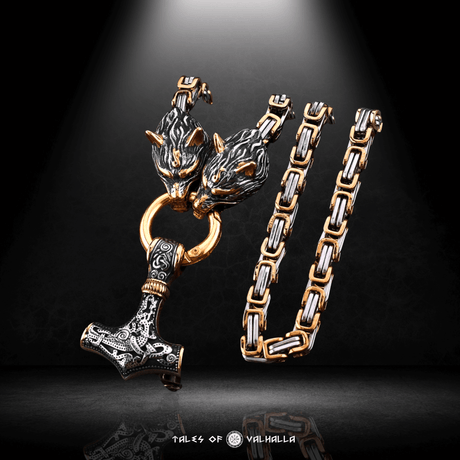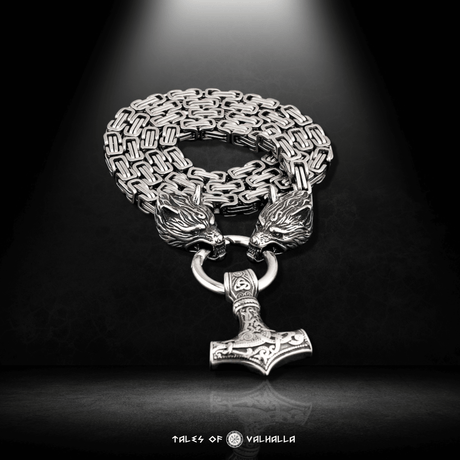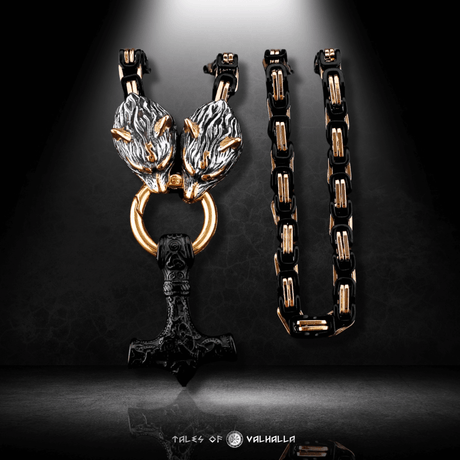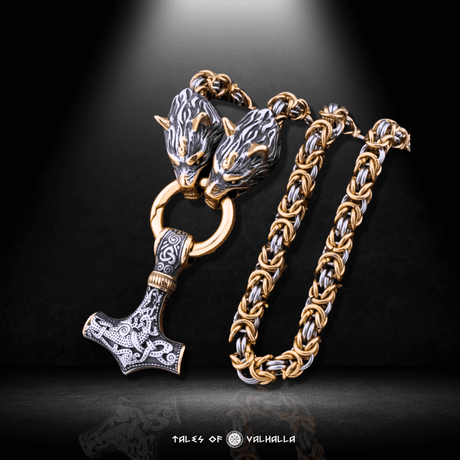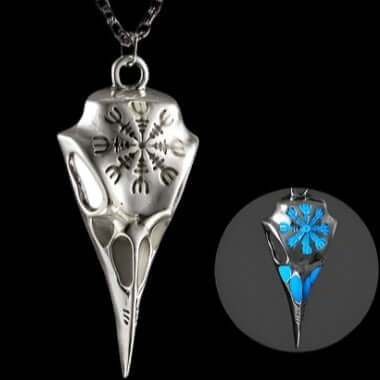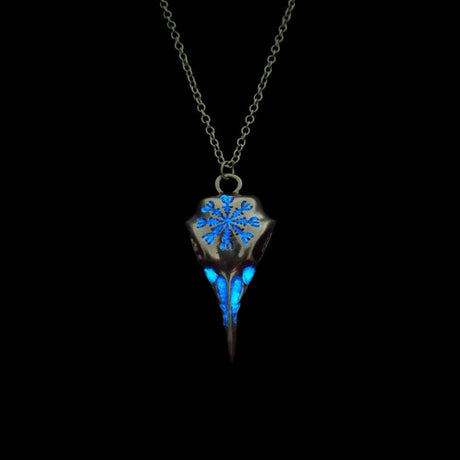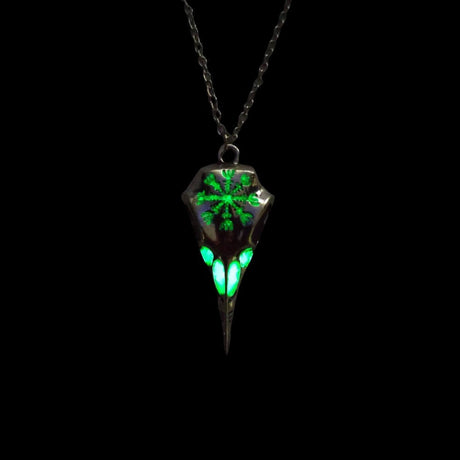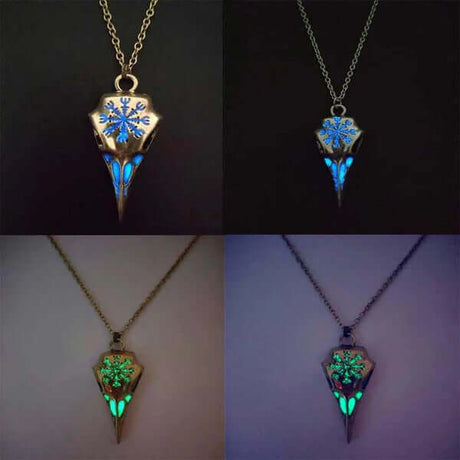The Viking Age – a period of fierce warriors, daring explorers, and rich mythology – often conjures images of a somewhat chaotic, "barbarian" society. However, beneath this popular veneer lay a complex and structured social order. Understanding the Viking ranking system is crucial to grasping how Norse society functioned, from the grand halls of kings to the humble farms of free men. It wasn't a simple pyramid, but a dynamic interplay of birth, wealth, skill, and reputation.
This exploration will delve deep into the intricacies of the Viking ranking system, moving beyond simplistic labels to uncover the nuanced realities of life in Norse society. We'll examine the major social classes – the Jarls, Karls, and Thralls – but also explore the myriad of other roles and titles that shaped the Viking world. Prepare to discover a social landscape as fascinating and multifaceted as the Vikings themselves, where the Viking ranking system was both a reflection of power and a framework for everyday life.
The Foundations of Norse Society: Not a Simple Feudal Pyramid
When we think of historical hierarchies, the rigid feudal systems of medieval Europe often come to mind. However, the Viking ranking system, while certainly hierarchical, possessed a degree of fluidity and was influenced by different factors than its continental counterparts.

The Foundations of Norse Society: Not a Simple Feudal Pyramid
The Three Main Tiers: A Broad Framework
At its most basic, Viking society is often described as having three main social classes, a division mythologically attributed to the god Heimdall (as Ríg) in the poem Rígsþula:
- Jarls (Nobility/Aristocracy): The ruling elite, wealthy landowners, chieftains, and powerful warriors.
- Karls (Freemen): The broad middle class, encompassing farmers, craftsmen, merchants, and the majority of warriors.
- Thralls (Slaves/Unfree): The lowest stratum, individuals who were enslaved through capture, debt, or birth.
While this tripartite division provides a useful overview, the reality of the Viking ranking system was more nuanced, with considerable variation within each class and opportunities (though sometimes limited) for social movement.
Fluidity and Earned Status: Beyond Birthright
While birthright certainly played a significant role in determining one's place in the Viking ranking system, it wasn't the sole determinant. Wealth, skill in arms, success in trade or raiding, acts of bravery, loyalty, and personal reputation (dómr) could all influence an individual's standing and power.
- Wealth as a Marker: Accumulating wealth, whether through successful raids, profitable trade, or land ownership, was a key way to enhance one's status. A wealthy Karl might live more comfortably and wield more influence than an impoverished Jarl.
- Martial Prowess: Skill in battle and a reputation for courage could elevate a warrior's standing, regardless of their initial birth. Leaders often rose through the ranks based on their ability to lead men to victory.
- The Importance of Dómr: A person's reputation – their honor, trustworthiness, and how they were judged by their peers – was paramount. A strong dómr could open doors, while a tarnished one could lead to social ostracization, regardless of one's position in the Viking ranking system.
The Importance of Kinship and Community
Viking society was deeply rooted in kinship and community ties. Family lineage provided a foundation for status, but loyalty to one's chieftain, community, and fellow warriors was also crucial. The Viking ranking system was embedded within these networks of obligation and support.
The Ruling Elite: Jarls and Kings – Power and Privilege
At the apex of the Viking ranking system stood the Jarls and, in later periods, the Kings. These were the figures who wielded political, military, and economic power.
Jarls (Earls/Chieftains): Lords of the Land
The Jarls were the aristocracy of the Viking Age. They were powerful chieftains who controlled significant territories, commanded warriors, and possessed considerable wealth.
-
Land Ownership: Jarls typically owned large estates and derived wealth from agriculture, trade, and often, the spoils of raiding.
-
Military Leadership: They were expected to lead their men in battle, defending their lands and undertaking expeditions for plunder and prestige. Their ability to attract and retain a loyal retinue (hird) was essential to their power.
-
Patronage: Jarls acted as patrons, providing for their followers, hosting feasts, and distributing wealth (often in the form of silver arm rings or other valuables). This generosity fostered loyalty and reinforced their position within the Viking ranking system.
-
Influence at the Thing: Jarls held significant influence at local and regional assemblies (Things), shaping legal decisions and political outcomes.
-
Story Vignette 1: Jarl Halfdan's Hall Imagine the great hall of Jarl Halfdan, smoke curling towards the high-beamed roof from the central hearth. The air is thick with the smell of roasting meat and spilled ale. Halfdan, a man whose very presence commands respect, sits on his high seat, a magnificent silver arm ring adorning his bicep. His hird, loyal warriors sworn to his service, feast around him, their laughter echoing. He has just returned from a successful raid, and now he distributes the spoils – silver, weapons, fine cloth – among his men, each gift reinforcing their loyalty and his status at the pinnacle of their local Viking ranking system. Later, a dispute between two farmers is brought before him, and his word, though perhaps influenced by the opinions of other respected freemen, will be law.
Kings (Konungr): From Petty Rulers to Unifiers
The concept of kingship evolved throughout the Viking Age. Initially, Scandinavia was dotted with numerous "petty kings," essentially powerful Jarls who controlled smaller regions. Over time, more powerful figures emerged, seeking to unify larger territories.
- Sources of Royal Power: A king's power derived from his military strength, his ability to command the loyalty of Jarls and warriors, his wealth, his lineage, and sometimes, a perceived connection to the gods.
- Unification Efforts: Figures like Harald Fairhair of Norway and Harald Bluetooth of Denmark are famously associated with efforts to unify their respective lands, often through conquest and political maneuvering. These unifications were crucial in shaping the later Viking ranking system towards more centralized monarchies.
- Evolution of Kingship: As the Viking Age progressed and contact with European kingdoms increased, Scandinavian kingship began to adopt some characteristics of continental European monarchy, including stronger hereditary succession and a closer relationship with the emerging Christian Church.
Hersir and Thegn: The Secondary Aristocracy
Below the Jarls and Kings, but still part of the elite, were figures known as Hersir and, later, Thegn.
- Hersir: An older term, often referring to a local hereditary chieftain or military leader who commanded a district. They held significant local power within the Viking ranking system.
- Thegn (Þegn): This term became more common later in the Viking Age, particularly in Denmark and England (among those of Scandinavian descent). Thegns were often warriors who held land from a king or Jarl in return for service, similar to a retainer or a lesser noble. They were an important part of the warrior aristocracy.
The Backbone of Society: Karls – The Freemen
The vast majority of the Scandinavian population during the Viking Age belonged to the class of Karls, or freemen. They were the backbone of Viking society, the farmers, craftsmen, merchants, and warriors who made the Viking world function. The Viking ranking system placed them above thralls but below the aristocracy.
Diverse Occupations: The Many Faces of the Karl
The Karls were not a monolithic group; they encompassed a wide range of occupations and economic statuses.
- Bóndi (Farmers): The most common type of Karl was the bóndi, a landowning farmer. These men (and their families) worked their own land, raised livestock, and formed the core of rural communities. They were self-sufficient and highly respected.
- Craftsmen (Smiðr): Skilled artisans, such as blacksmiths, shipbuilders, woodcarvers, and jewelers, were essential to Viking society. Their skills were highly valued, and successful craftsmen could achieve considerable wealth and status.
- Merchants (Kaupmaðr): Vikings were renowned traders, and merchants played a vital role in connecting Scandinavia with the wider world. They undertook long voyages, exchanging goods like furs, amber, and slaves for silver, silk, and other luxuries.
- Warriors: Many Karls also served as warriors, either as part of a Jarl's hird or as independent raiders. Success in warfare could bring wealth and enhance a Karl's social standing.
Rights and Responsibilities of Freemen
As freemen, Karls possessed certain rights and responsibilities within the Viking ranking system:
- Owning Land: The right to own and inherit land was a defining characteristic of a Karl.
- Bearing Arms: Freemen had the right (and often the obligation) to bear arms and defend themselves and their communities.
- Participating in the Thing: Karls had the right to attend and speak at the local and regional assemblies (Things), where laws were made and disputes were settled. This gave them a voice in the governance of their communities.
- Seeking Justice: They had the right to seek legal redress for wrongs committed against them or their families.
Social Mobility for Karls: Paths to Advancement
While birth played a role, the Viking ranking system allowed for a degree of social mobility, particularly for Karls.
-
Wealth Accumulation: Through successful farming, skilled craftsmanship, profitable trade, or lucrative raiding, a Karl could accumulate wealth and improve their social standing.
-
Martial Prowess: Demonstrating courage and skill in battle could bring a Karl to the attention of a Jarl or King, potentially leading to a position in their hird or a grant of land.
-
Marriage: Advantageous marriages could also enhance a Karl's status and connections.
-
Story Vignette 2: Erik the Bóndi at the Thing: Erik, a Karl and a respected farmer from a small village, adjusted the simple woolen cloak on his shoulders. He was on his way to the regional Thing. His neighbor, Svein, had diverted a stream, impacting Erik's fields, and despite attempts at a private settlement, the issue needed to be brought before the assembly. Erik felt a mix of apprehension and determination. As a freeman, it was his right to speak, to present his case within the Viking ranking system's legal framework. He knew Jarl Thorkell would preside, and other influential Karls would be there. He had discussed his grievance with his kinsmen, who would stand with him. His reputation for honesty would serve him well. The Thing was where justice was sought, where the voices of freemen like him were heard, a cornerstone of their society.
The Lowest Rung: Thralls – The Enslaved in the Viking Ranking System
At the bottom of the Viking social hierarchy were the thralls, individuals who were enslaved. Slavery was a common practice throughout the Viking world, and thralls formed a significant, albeit disenfranchised, part of the population.

The Lowest Rung: Thralls – The Enslaved in the Viking Ranking System
Sources of Enslavement
Individuals could become thralls in several ways:
- Capture in Raids: Raiding was a major source of thralls. Vikings captured people from the lands they attacked (the British Isles, Francia, Slavic territories, etc.) and brought them back to Scandinavia or sold them in slave markets.
- Birth: Children born to thrall mothers were also considered thralls.
- Debt: Individuals who fell into severe debt might be forced into thralldom.
- Punishment: In some cases, individuals might be enslaved as a punishment for certain crimes.
Life as a Thrall: A Lack of Rights and Hard Labor
Thralls had few, if any, rights within the Viking ranking system. They were considered property and could be bought, sold, or killed by their owners.
- Labor: Thralls performed the hardest and most menial labor – working in the fields, tending livestock, constructing buildings, mining, and performing domestic chores in the households of Jarls and wealthy Karls.
- Living Conditions: Their living conditions were likely harsh, and they were subject to the whims of their owners.
- Cultural Depictions: The sagas often depict thralls as figures of low status, sometimes cunning or rebellious, but ultimately powerless.
Possibility of Freedom (Manumission)
While difficult, it was possible for a thrall to gain their freedom (manumission).
- Purchase of Freedom: A thrall might be able to purchase their freedom if they could somehow accumulate enough wealth (though this was rare).
- Grant of Freedom by Owner: An owner might grant freedom to a loyal or favored thrall, sometimes in their will.
- "Freedom Price": If freed, a former thrall (leysingi) still often had obligations to their former owner and their social standing was lower than that of a freeborn Karl. Full integration into the class of freemen could take generations.
The existence of thralldom is a darker aspect of Viking society, and its impact on the Viking ranking system and economy was significant.
Beyond the Three Tiers: Specialized Roles and Titles
The Viking ranking system wasn't just about the broad categories of Jarl, Karl, and Thrall. Various specialized roles and titles also existed, conferring status and influence.
- The Hird (King's/Jarl's Retinue): Elite warriors who served as the personal bodyguard and household troops of a king or jarl. Membership in the hird was a mark of honor and brought rewards in terms of wealth and prestige.
- Skalds (Poets): Highly respected figures who composed and recited complex poetry praising their patrons (kings or jarls), commemorating battles, and preserving history and mythology. Their words held power and could shape reputations.
- Völva and Seiðmenn (Seers/Magic Practitioners): Female seeresses (Völur) and male magic practitioners (Seiðmenn) held a unique and often ambivalent position. Their ability to divine the future or influence events through magic (like Seidr) made them both respected and feared.
- Merchants and Traders (Kaupmenn): As Viking trade networks expanded, successful merchants could accumulate significant wealth and influence, sometimes rivaling that of landowning Jarls.
- Lawspeakers (Lögsögumaðr): In Iceland, the Lawspeaker was a highly respected official responsible for reciting the law at the Althing (the national assembly) and interpreting legal matters.
The Thing: A Voice for Freemen in the Viking Ranking System
The Thing was a cornerstone of Norse governance and a vital institution within the Viking ranking system, particularly for freemen.
- Assemblies of Freemen: These were local, regional, or (in Iceland) national assemblies where free men gathered to make laws, settle disputes, hear court cases, and make important political decisions.
- Maintaining Order: The Thing provided a forum for resolving conflicts peacefully (or at least according to established legal procedures), helping to maintain social order and prevent endless feuding.
- A Form of Early Democracy? While not a democracy in the modern sense (as thralls and often women had no voice), the Thing did provide a significant degree of participation for freemen in the governance of their communities. It shows that the Viking ranking system had elements of popular input, at least for the Karl class.
Archaeological Insights: What the Graves Tell Us
Archaeology provides crucial evidence for understanding social status and the Viking ranking system. Burial practices often reflected the deceased's position in life.
This table provides a simplified overview, and burial practices varied significantly by region and time period. However, it illustrates how archaeology helps us reconstruct the social hierarchy.
Conclusion
The Viking ranking system was more than a simple social pyramid—it was a complex web shaped by birth, skill, wealth, and reputation. Jarls ruled, Thralls served, and Karls formed the hardworking core of Norse society. Roles like Skalds and Völur added depth to this rich cultural fabric.
At Tales of Valhalla, we celebrate these layers of Viking life. Their ranking system reveals a world where honor rivaled silver in value, and individuals could rise through strength and spirit. It shaped the warriors who crossed oceans—and the legends we remember today.
6 FAQs
-
Q: What were the main social classes in the Viking ranking system? A: The Viking ranking system is generally understood to have three main tiers: the Jarls (the aristocracy, wealthy landowners, and chieftains), the Karls (the freemen, including farmers, craftsmen, merchants, and most warriors), and the Thralls (enslaved individuals who had few or no rights).
-
Q: How did the Viking ranking system differ from the feudal systems in other parts of Europe? A: While hierarchical, the Viking ranking system was often less rigid than contemporary feudal systems. There was more potential for social mobility, especially for Karls, based on wealth accumulation, skill, and reputation. Also, institutions like the Thing (assembly) allowed freemen a degree of participation in legal and political matters, unlike the more strictly top-down feudal structures.
-
Q: Was it possible to change your social status within the Viking ranking system? A: Yes, to some extent. Karls (freemen) could improve their status and wealth through success in trade, craftsmanship, or warfare, potentially gaining significant influence. Thralls (slaves) could sometimes gain freedom through manumission (being freed by their owner or purchasing their freedom), though achieving the full status of a freeborn Karl could take generations. Rising to Jarl status from a lower birth was difficult but not entirely impossible if one gained immense power and influence.
-
Q: Besides Jarls, Karls, and Thralls, were there other important roles or titles in Viking society? A: Yes, there were several specialized roles that conferred status and influence within or alongside the main Viking ranking system. These included Hersir and Thegns (local chieftains and retainers), members of a king's or jarl's elite warrior retinue (Hird), Skalds (respected poets and oral historians), and Völur or Seiðmenn (female seeresses and male magic practitioners).
-
Q: What was the Thing and what was its role in the Viking ranking system? A: The Thing was a crucial legal and political assembly of freemen (Karls and Jarls) in Viking society. It was where laws were made and recited, disputes were settled, court cases were heard, and important community decisions were made. It provided a forum for freemen to have a voice and played a vital role in maintaining social order, functioning as a key component of the Viking ranking system's governance.
-
Q: Was a Viking's position in society determined only by birth, or could other factors influence it? A: While birthright provided a significant foundation within the Viking ranking system, it wasn't the sole determinant of status. Factors such as accumulated wealth (from trade, land, or raiding), personal reputation and honor (dómr), skill in arms, craftsmanship, leadership abilities, and advantageous marriages could all significantly influence an individual's standing and opportunities for advancement.

